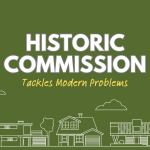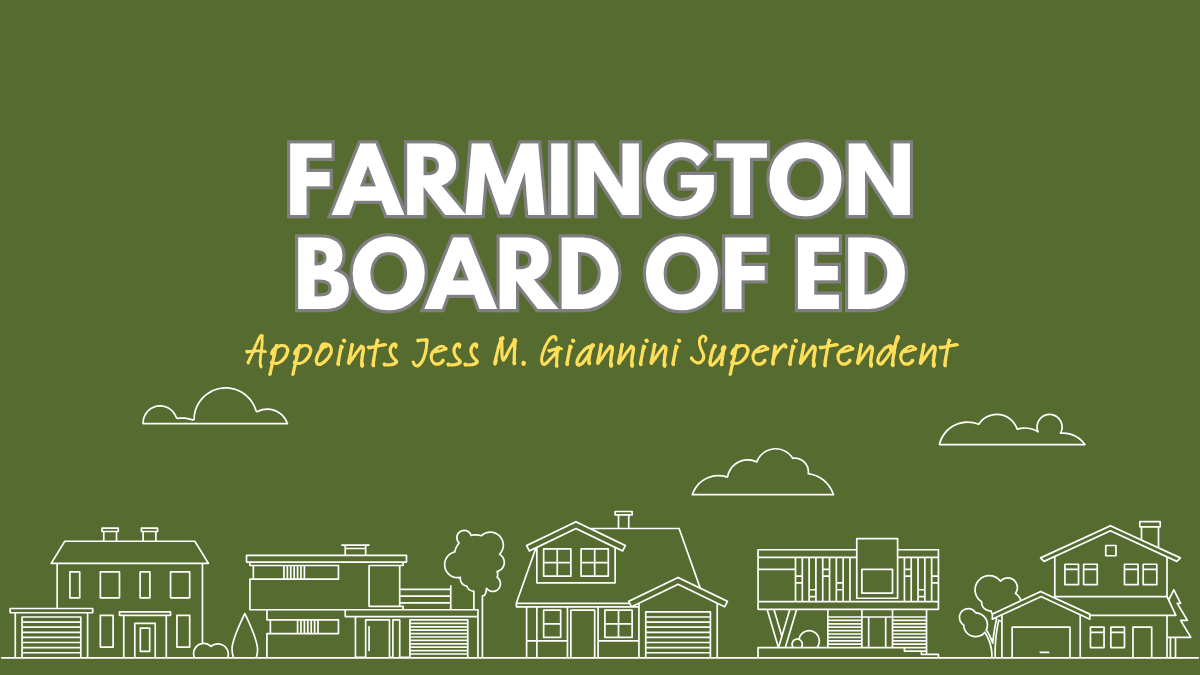Farmington Wetlands Commission Recap: Progress and Preservation in Harmony
On January 22, 2025, Farmington’s Inland Wetlands Commission convened for a jam-packed session of deliberation on two critical projects. Both highlighted the town’s ongoing commitment to preserving natural wetlands while accommodating necessary growth. Here’s the story behind the discussions, decisions, and environmental impact.
Project 1: Batterson Park – Revitalizing a Historic Gem
Batterson Park, a community treasure in Farmington, is slated for a significant upgrade. Proposed improvements include a vibrant lawn event area, a splash pad for kids, modern restrooms, and multi-use trails, all carefully designed to enhance the park’s accessibility and charm.
However, the project comes with challenges, primarily due to its proximity to wetlands and the need to minimize environmental impact.
Key Takeaways from the Meeting:
- Wetland Impacts and Mitigation: While the project requires filling 600 sq. ft. of degraded wetlands and incurs direct impacts to 4,200 sq. ft. of wetlands for boardwalk construction, the applicant proposes an ambitious restoration plan. Approximately 12,400 sq. ft. of wetlands will be restored as part of the project, ensuring a net gain for the environment.
- Stormwater Quality: Addressing concerns about water runoff, the commission reviewed the applicant’s adherence to the 2024 Connecticut Stormwater Quality Manual. Though 100% retention of water quality volume isn’t feasible, advanced stormwater systems aim to exceed average pollutant reduction requirements, preventing degradation to the nearby Batterson Park Pond.
- Community Education: An exciting addition to the project could include interpretive signage along trails. These signs would educate visitors about the park’s wetlands, flora, and fauna—an effort to foster environmental awareness and appreciation for Farmington’s natural resources.
- Park Security: Several commissioners raised questions about managing public access and maintaining a safe, welcoming environment. Measures such as controlled gate access and park ranger oversight were discussed as ways to deter misuse of the revitalized park facilities.
The commission’s thorough analysis ensures that the community will benefit from this recreational overhaul without sacrificing the delicate balance of the surrounding ecosystem. The application was approved, with conditions ensuring oversight on erosion control, invasive species management, and annual wetland health reviews for the first three years after project completion.
Project 2: 1500 Farmington Avenue – A Sewer Lifeline
Sometimes, progress is a matter of necessity. At 1500 Farmington Avenue, a failed septic system created an urgent need for a solution. Situated in an area with wetland-adjacent soils unsuitable for traditional septic repairs, the homeowner proposed connecting to the municipal sewer system through a 400-foot forced main.
Highlights of the Proposal:
- Failed Septic Crisis: The existing septic system was inoperable, consisting of an outdated tank and broken Orangeburg pipe leading directly into the ground. This posed a risk of effluent seeping into nearby wetlands—a worst-case scenario for both the environment and the homeowner.
- Innovative Solution: The applicant, working with a professional engineer, proposed a pump-assisted sewer connection. The plan involves trenching through an 80-foot swale with wetland characteristics to install a narrow 18-inch-wide pipe, minimizing disruption to the area.
- Timing is Everything: Winter’s frozen ground offers a unique opportunity to perform the work with minimal impact on the swale. A strict erosion control plan, including hay bales and temporary dewatering measures, ensures that construction runoff doesn’t harm downstream areas.
- Commission Feedback: Commissioners commended the homeowner’s diligence in pursuing the least invasive solution. Several noted that connecting to the sewer, while initially challenging, would provide a more sustainable long-term solution compared to repairing a septic system in unsuitable soils.
The commission deemed the project a “non-significant regulated activity,” clearing the way for approval at the next meeting. Commissioners also emphasized the importance of minimizing invasive species disruption during the project and restoring vegetation once the trench is backfilled.
The Bigger Picture: Farmington’s Wetlands in Focus
Both projects reflect Farmington’s dedication to balancing conservation with community progress. Batterson Park’s revitalization demonstrates how modern amenities can coexist with natural ecosystems, while the 1500 Farmington Avenue case highlights how proactive problem-solving can protect wetlands from long-term harm.
Big Thanks to Our Sponsor
This coverage is proudly sponsored by Farmington Storage, located at 155 Scott Swamp Road. Need secure storage solutions for your home or business? Call 860-777-4001 today. Thanks to Farmington Storage for supporting local journalism that keeps our community informed.
Find More Stories on Our Site
The Farmington Mercury is your go-to source for thoughtful, in-depth local coverage. Explore more topics:
- Elections 2024: Stay engaged with our comprehensive coverage.
- Zoning and Development: Follow land-use decisions shaping Farmington.
- Education News: Updates from Farmington High School and beyond.
- Historic District Highlights: Dive into Farmington’s rich history.
- Community Listings: Have something to sell or rent? Check out our for sale section.
Got a question? Message us on X/Twix or drop us a note on our Contact Us page.
☕ Jack Beckett
Senior writer, The Farmington Mercury
Keeping Farmington caffeinated and informed, one headline at a time.
P.S. Don’t just skim the headlines. Dive deeper with our slow-news ethos at We Are Farmington, where context is king, and clickbait is banned.












